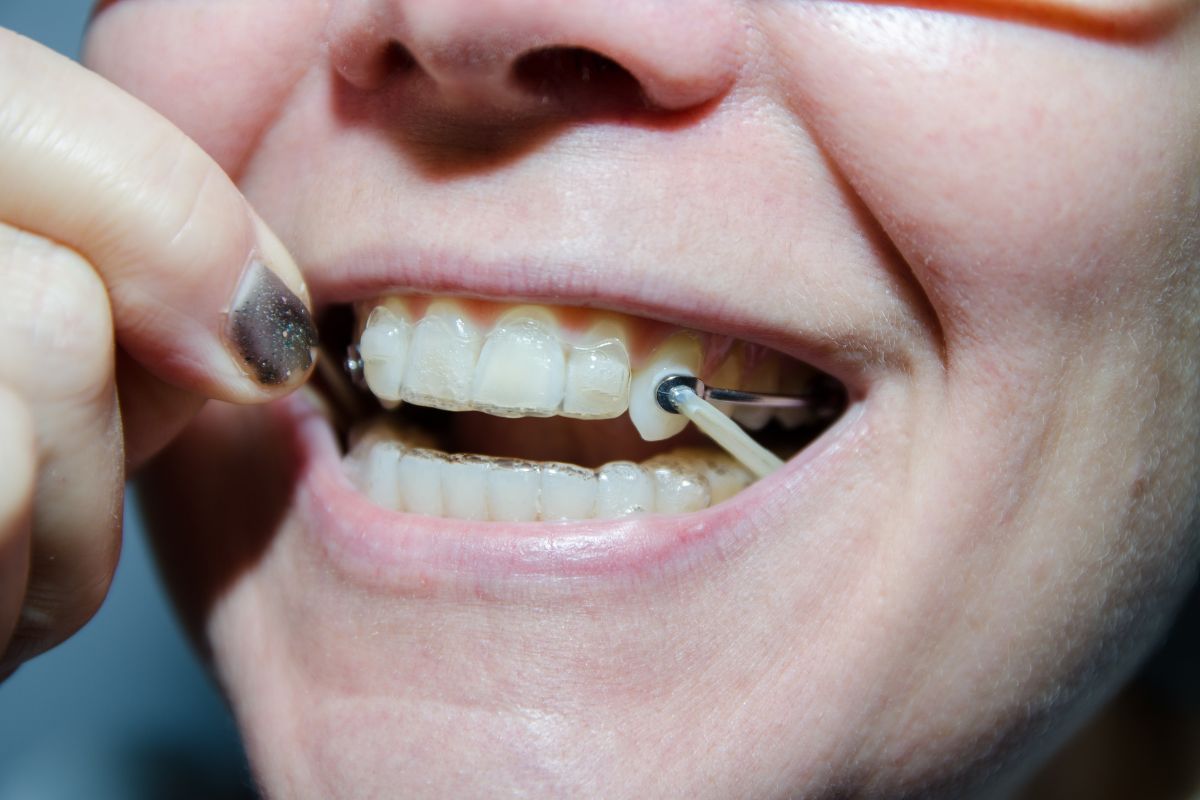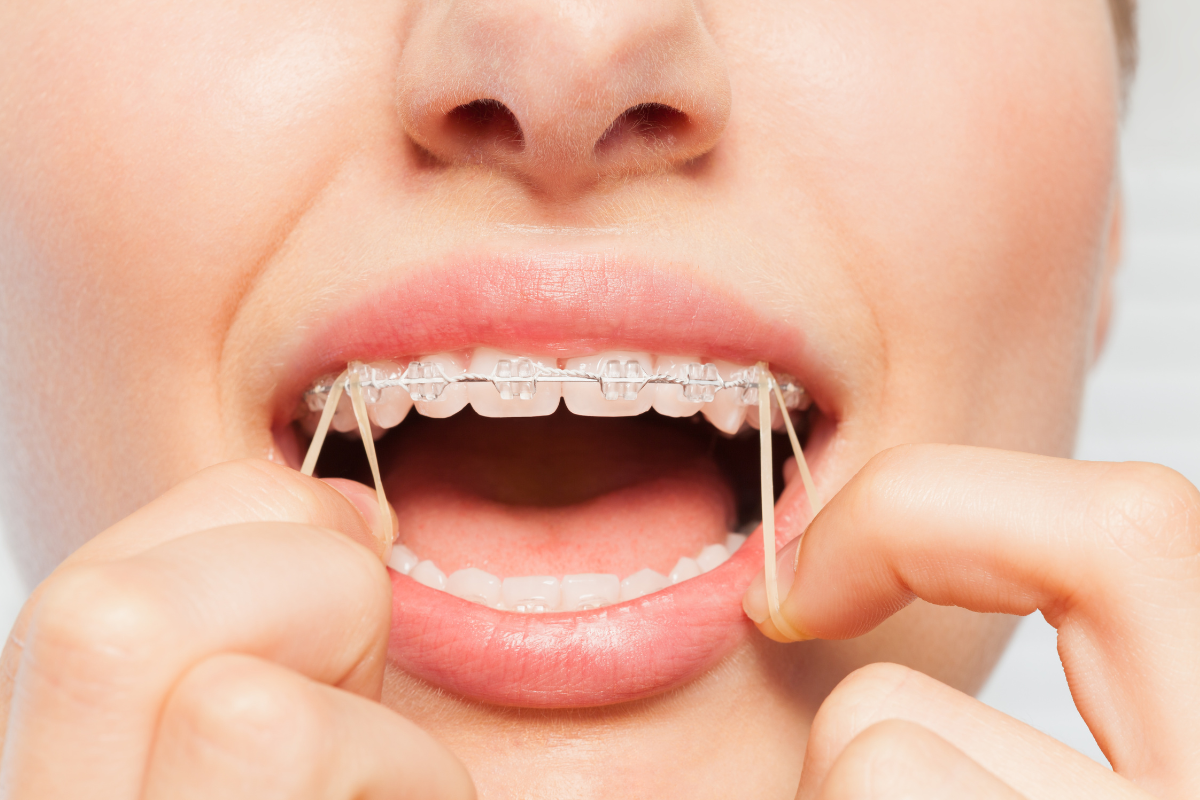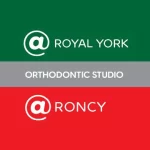

Orthodontics is a branch of dentistry that deals with diagnosing, preventing, and correcting misaligned teeth and jaws. It can also help improve the appearance and function of your smile. But did you know that orthodontics can also positively impact your speech?
Speech is integral to how we talk and express ourselves daily. It lets us tell other people what we think, feel, and want to happen. It can also change how other people see us and how we see ourselves. Because of this, we need to be able to speak clearly and confidently for our personal and professional success.
However, some people may experience speech difficulties due to various factors, such as genetics, developmental disorders, injuries, or diseases. One of these factors is the alignment and shape of their teeth and jaws. In this article, we’ll talk about the role of orthodontics in improving speech and how it can fix common dental problems that make it hard to speak clearly.
How Orthodontics Can Help Improve Speech
Orthodontics can help improve speech by addressing the following aspects:
Fixing crooked teeth
Crooked teeth can make it hard for the tongue and lips to move and be in the right place when speaking. This can cause sibilants (s, z) and fricatives (f, v) to be slurred or distorted. By putting the teeth in their best position, orthodontics can eliminate these problems and make speaking easier.
Improvement of jaw position and bite
The position, size, and shape of the jaw and bite can also affect speech. For example, suppose you have an overbite, when the upper teeth overlap the lower teeth too much, or an underbite, when the lower teeth stick out past the upper teeth. In that case, it can be hard to make certain sounds. Orthodontics can improve the balance and harmony of the oral structures and make it easier to speak by adjusting the position and bite of the jaws with devices like braces and elastics.
Widening of the palate
The roof of the mouth is called the palate. It separates the mouth from the nose. It is a crucial part of speech because it affects how the voice sounds and resonates. A narrow or high palate can make speech sound nasal or muffled. Using devices like palatal expanders can make more room for the tongue and improve the airflow and sound in the oral cavity.
Common Speech Issues That Can Be Addressed Through Orthodontics
Lisp
A lisp is a speech disorder in which it’s hard to make sibilant sounds (like s and z), so you say “th” instead. For example, saying “thun” when you mean “sun” or “soap” when you mean “soap.”
A lisp can be caused by things like:
- Tongue thrusting – when the tongue is pushed against or between the teeth while speaking.
- Tongue-tie – when the tongue is attached to the floor of the mouth by a short or tight frenulum.
- Teeth that aren’t in the right place.
Orthodontics can help fix a lisp by getting the teeth in the right place and ensuring the tongue doesn’t stick out too far.
Tongue thrust
Tongue thrust is a habit where the tongue pushes against or between the teeth while swallowing or speaking. It can lead to dental problems like an open bite, overjet (too much space between the upper and lower front teeth horizontally), or crooked teeth. It can also make it hard to say certain sounds or make you lisp when you talk. Orthodontics can help treat tongue thrust by putting the teeth in the right place and using devices like retainers or tongue cribs to prevent tongue thrusting.
Speech impediments caused by teeth or jaw misalignment:
As mentioned earlier, teeth or jaw misalignment can cause difficulties in producing certain sounds. This is due to interferences with the tongue and lips during speech.
For example, a child with an overbite may struggle to pronounce the “f” and “v” sounds. Still, after the alignment correction of their teeth and jaw, they may be able to produce these sounds more clearly.
Similarly, a narrow palate may have difficulty pronouncing the “sh” sound. Still, they may find it much easier to articulate this sound after using a palatal expander to widen their palate.
Orthodontic Treatment Options for Speech Improvement
Various orthodontic treatment options are available for speech improvement, depending on the type and severity of the dental issue and the patient’s preferences and needs. Some of the most common orthodontic treatment options for speech improvement are:
Traditional braces
Traditional braces are made of metal brackets and wires attached to the teeth. These are adjusted over time to move the teeth and jaws into the right place.
Braces are effective at fixing a wide range of dental problems, like crooked teeth, overbite, underbite, crossbite, open bite, or gaps between teeth. They can also help improve speech by fixing the interferences and imbalances that make speaking difficult.
Clear aligners
Clear aligners are trays made of plastic that can be taken off and placed over the teeth to move them into the best position gradually. They don’t stand out as much as traditional braces and are more accessible and comfortable. Moreover, clear aligners can fix mild to moderate dental problems, like crowded teeth, overbites, underbites, or spaces between teeth. They can also help improve speech by getting the teeth in the right place and making moving the tongue and lips easier.
Palatal expanders
Palatal expanders are orthodontic devices attached to the upper molars and gently push on the palate to make it wider over time. Most of the time, they are used on children or teens with a narrow or high palate, making it hard for them to speak or breathe. They can help improve speech by giving the tongue more room and making it easier for air to flow and sounds to travel through the mouth.
Importance of Early Orthodontic Intervention for Speech Improvement
It is important to seek orthodontic intervention for speech improvement as early as possible, preferably during childhood or adolescence. This is because starting orthodontic treatment at a young age can have several benefits for speech improvement, such as:
Faster and easier treatment
The teeth and jaws are more responsive to orthodontic forces during growth and development, making the treatment faster and easier.
Better results
The teeth and jaws can be guided into their ideal position and shape during growth and development, resulting in better outcomes.
Fewer complications
The teeth and jaws are less likely to relapse or revert to their original position and shape after treatment if corrected during growth and development.
Prevention of long-term speech issues
Seeking orthodontic treatment for speech problems at a young age can prevent long-term speech problems that could hurt a person’s self-esteem, confidence, social skills, academic performance, or career prospects. For example, a person with a lisp or a tongue thrust may have trouble communicating clearly or expressing themselves well, which can slow their personal and professional growth.
Greater success in correcting speech problems
Interceptive orthodontic treatment can increase the chances of success in correcting speech problems. This is because the person’s speech patterns and habits are still developing and can be changed easily. On the other hand, a person with established speech patterns and habits may find it harder to change or adapt to new ones after orthodontic treatment.
Get Better at Tongue Twisters!
In today’s world, the ability to speak and express oneself is crucial. It influences the types of relationships we have, the opportunities we get, and how we perceive ourselves. Due to this, acquiring speech problems due to common dental issues can be detrimental to one’s self-development.
Investing in orthodontic treatment can help people who are suffering from speech disorders. By fixing common oral problems, orthodontic treatment ensures that the tongue and lips can move freely, making speaking easier. This can significantly impact a person’s personal and professional success, enabling individuals to express themselves confidently and leave a lasting impression.
.
“A positive self-image and self-confidence can result from proper orthodontic care.”
This belief has been our foundation for over 17 years of creating beautiful, straight, and confident smiles!
With thousands of finished cases under our belt, we are confident in our ability to provide you and your family with excellent treatment delivered with expertise and care.
Plan your smile with one of the best Orthodontists in Toronto, Ontario. Schedule a virtual care or in-office appointment with us! Let’s work together to create the best smile for you and your family.
Recent Posts
-
Inside the World of Orthodontists: Education, Precision, and Transformative Treatments
The Evolution of Orthodontics: A Brief Historical Overview Orthodontics, an integral branch…
-
How Orthodontists Plan a Treatment for a Beautiful Smile
Understanding the Patient's Unique Needs A positive self-image and confidence can result…
-
Unleash Your New Smile! Here's What You Need to Know Before Braces Removal
Are you excited to see your smile transformation? Taking your braces off…
-
Traits That a Good Orthodontist Should Have
Choosing an orthodontist is half your smile transformation journey. That’s why in…
-
How Braces Can Help Fix an Asymmetrical Jawline
An asymmetrical jawline can cause concern for many individuals, affecting their appearance…
-
Can Cavities Be Reversed?
Cavities are among the most common dental issues people of all ages…
-
What to Prepare During Your First Braces Appointment
Are you about to embark on your journey to a beautiful smile…
-
Taking Care of Baby Teeth: A Comprehensive Guide for Parents
Caring for our children's health is one of our most crucial responsibilities…
-
What are Brace Elastics?
If you or someone you know is undergoing orthodontic treatment with braces,…
-
Difference Between an Overjet and Overbite: A Comprehensive Guide
Two orthodontic terms that often confuse our patients are "overjet" and "overbite."…







 Instagram
Instagram
